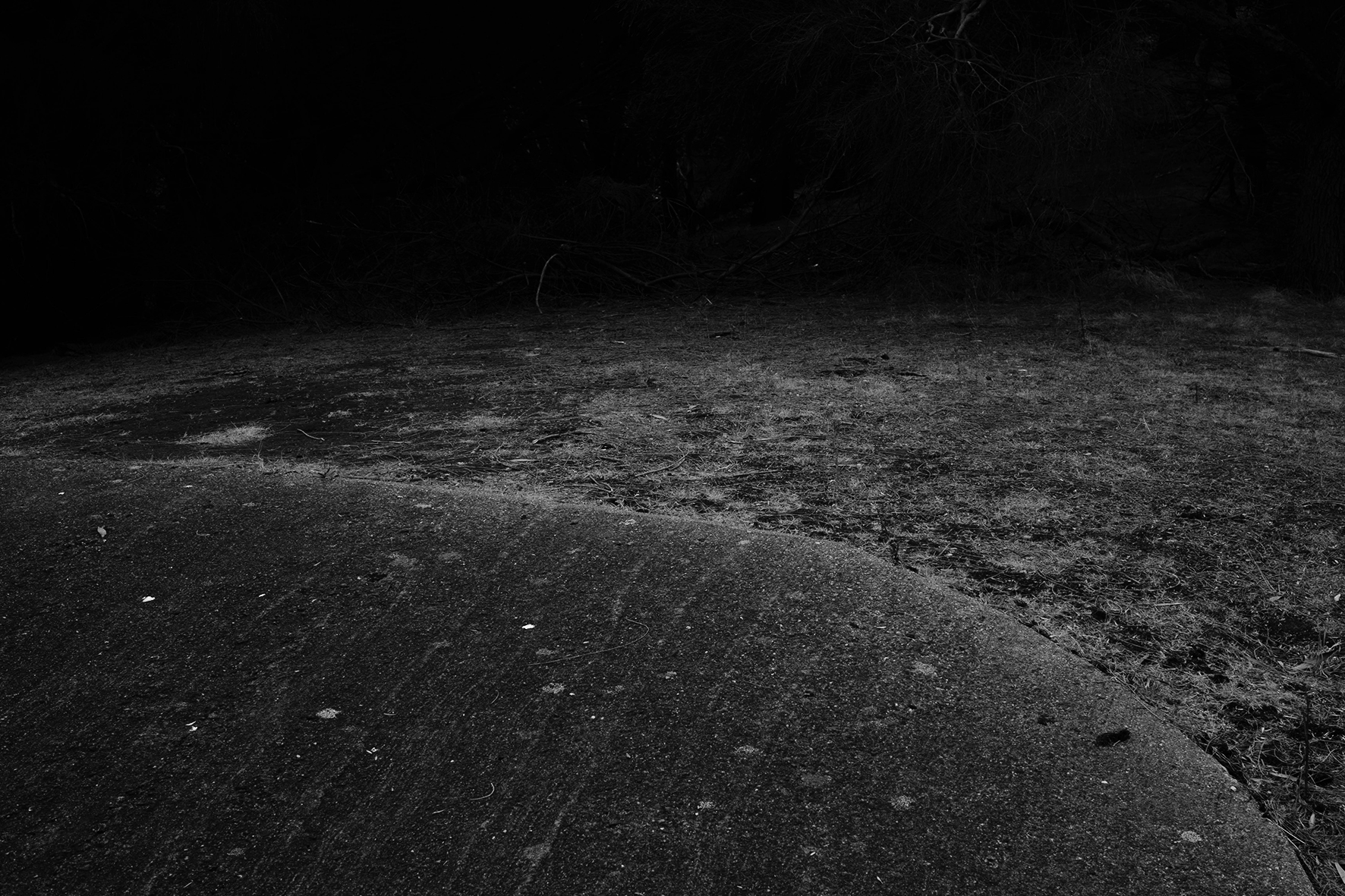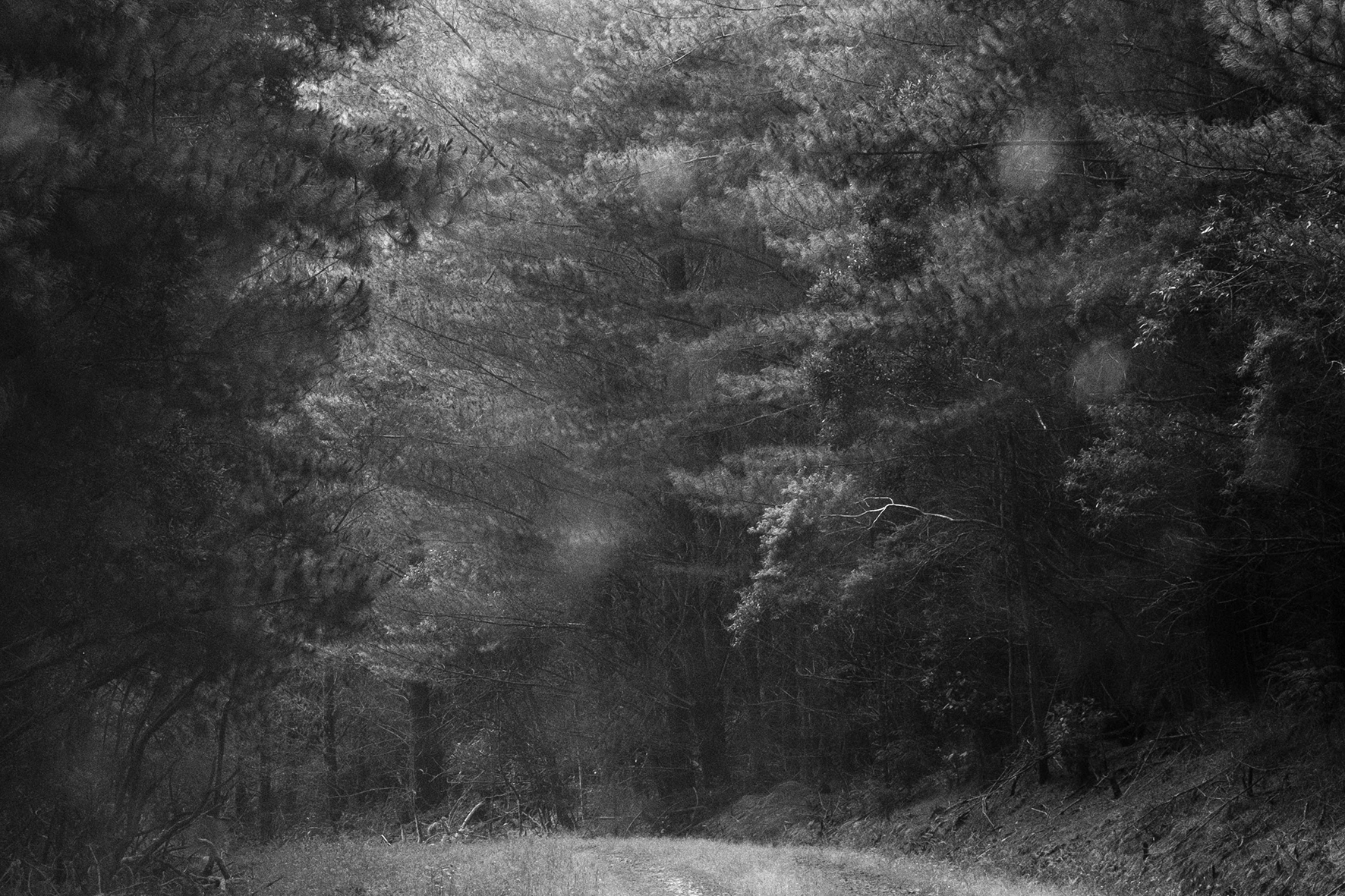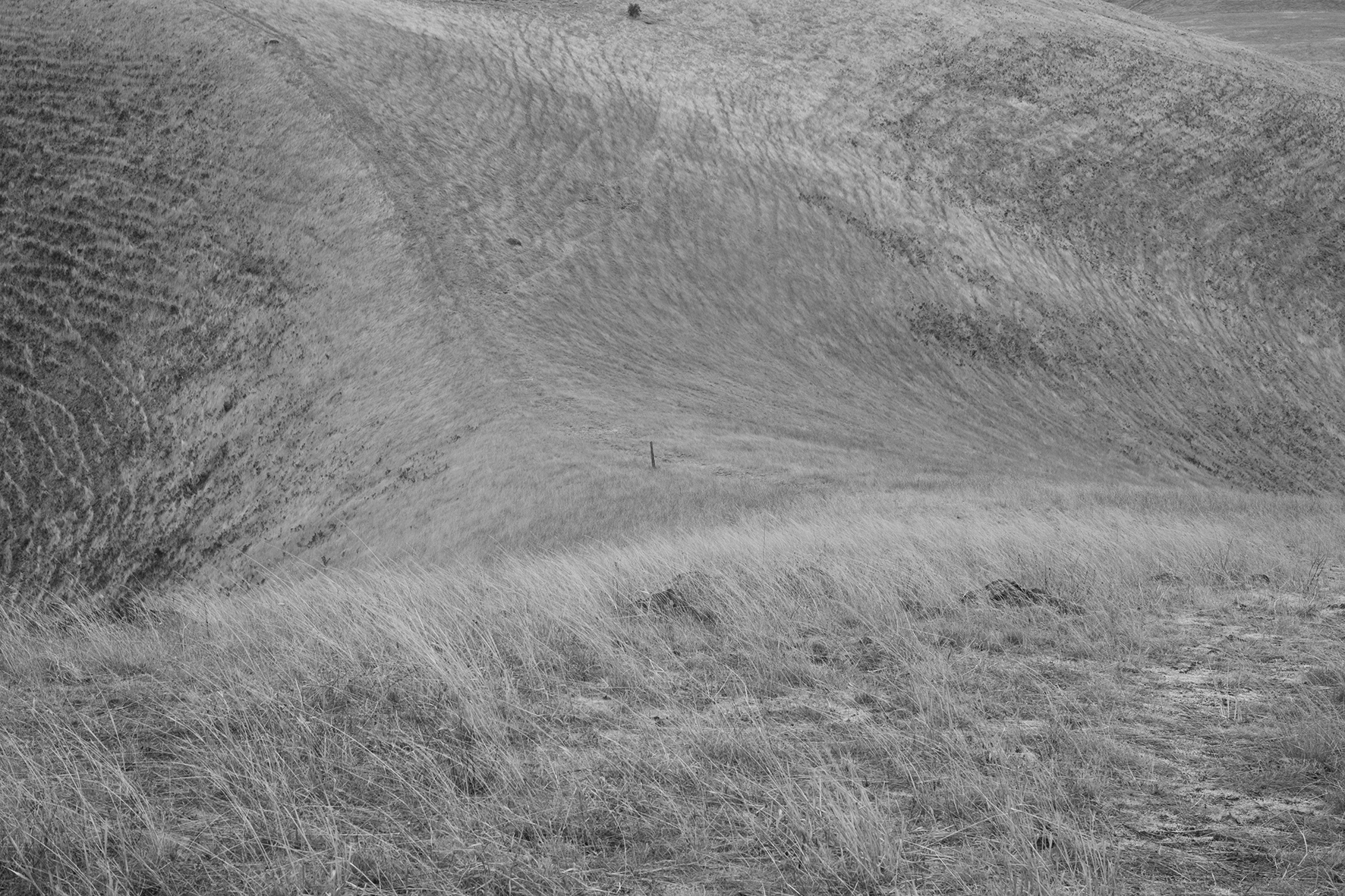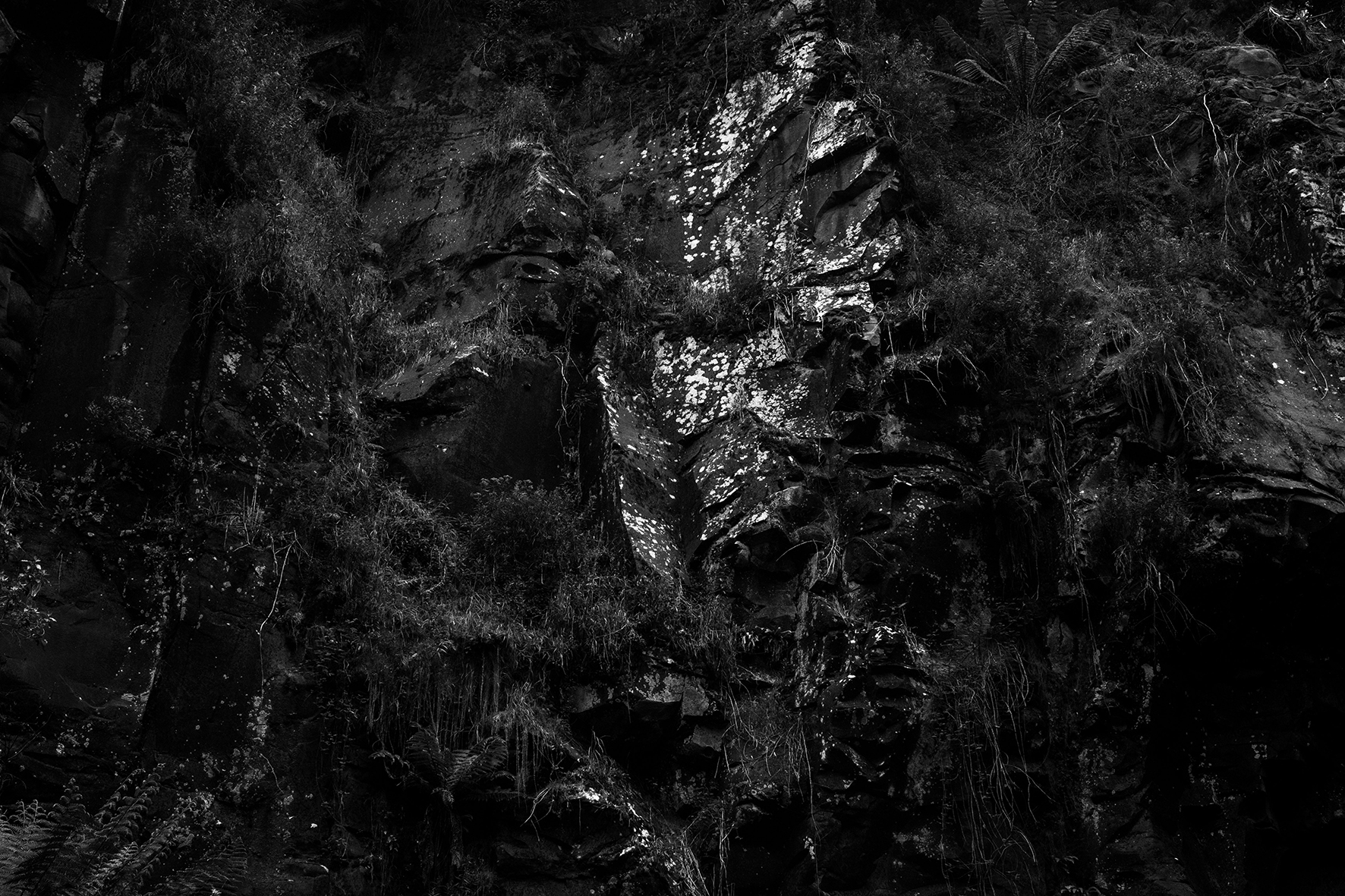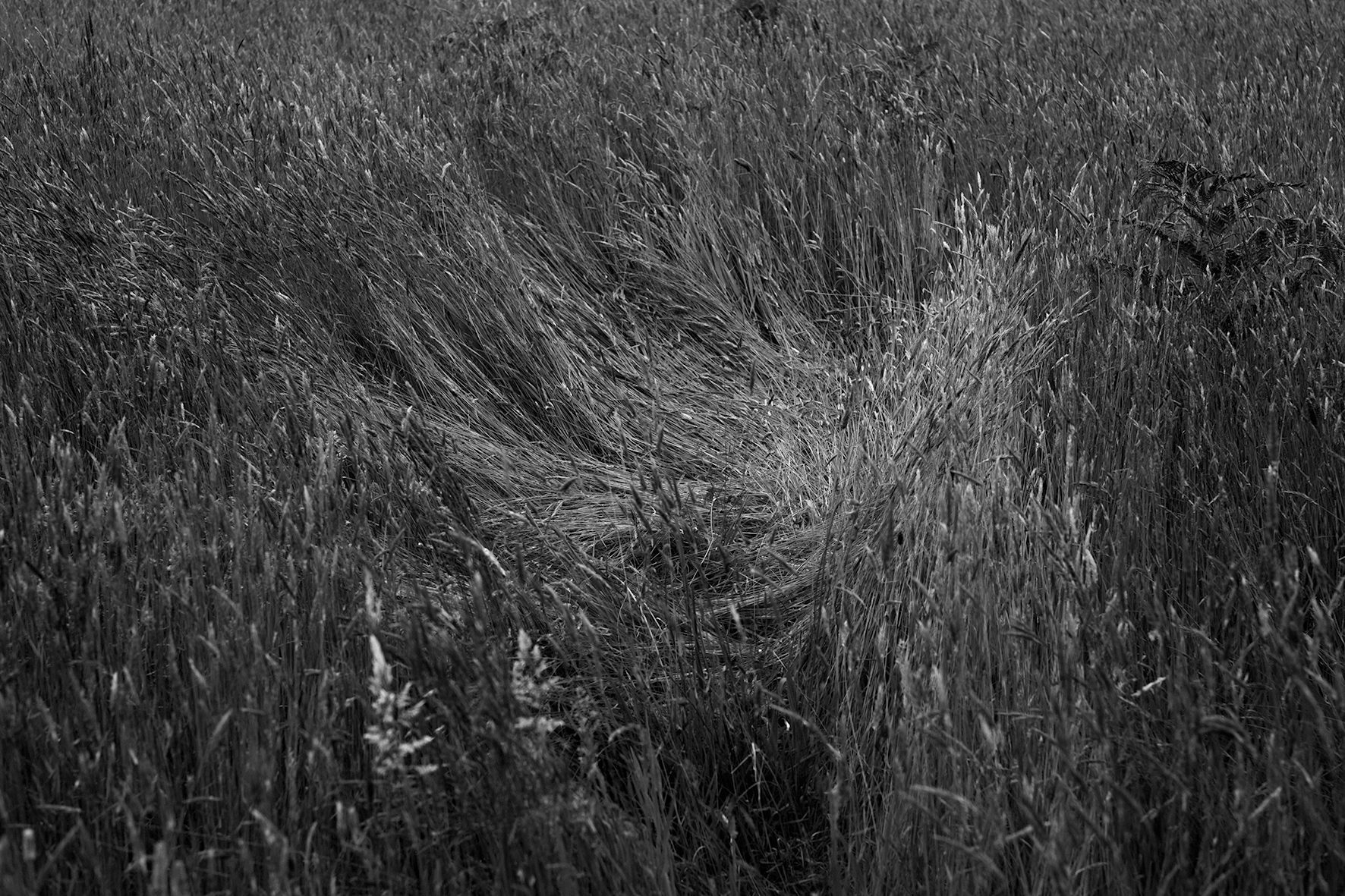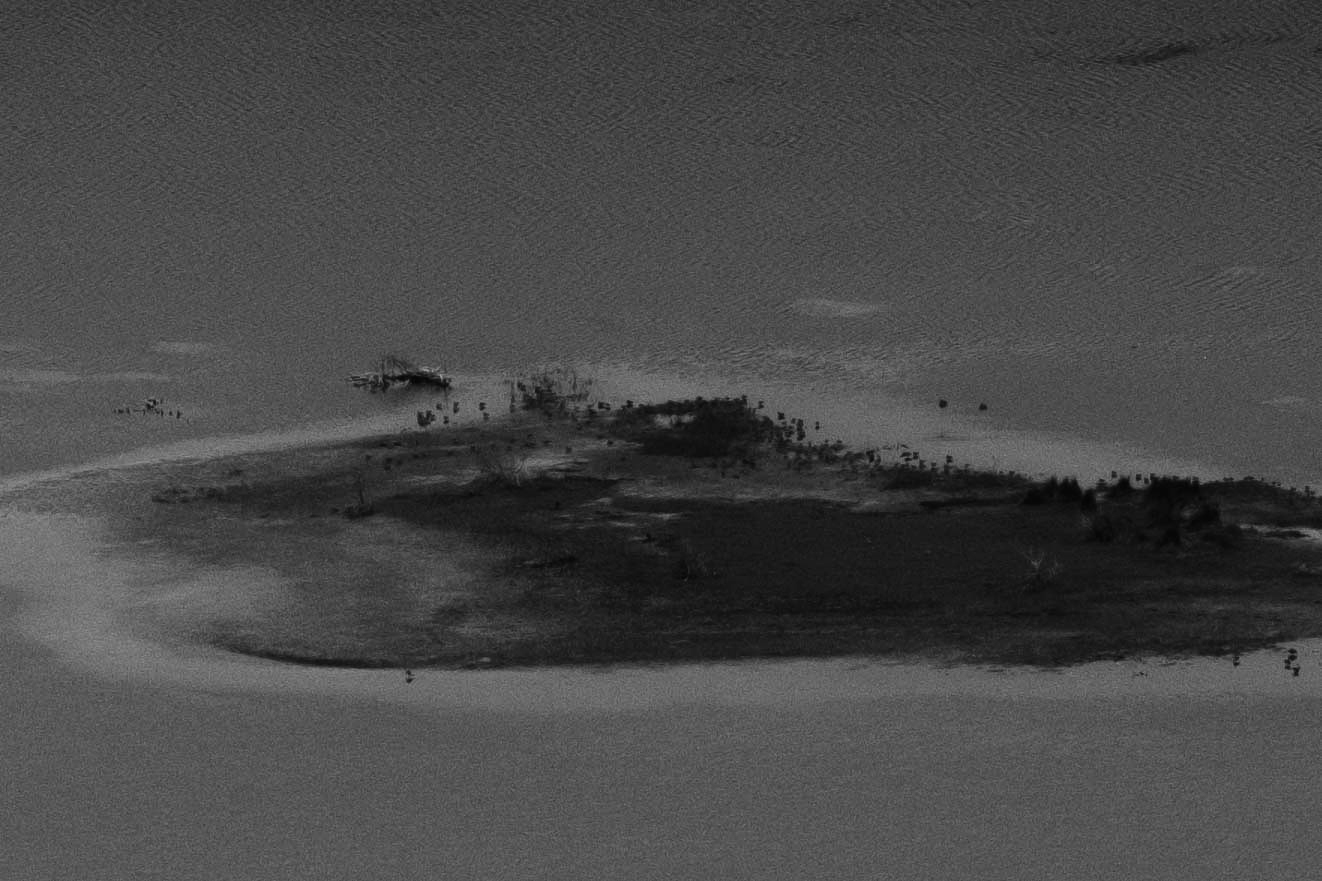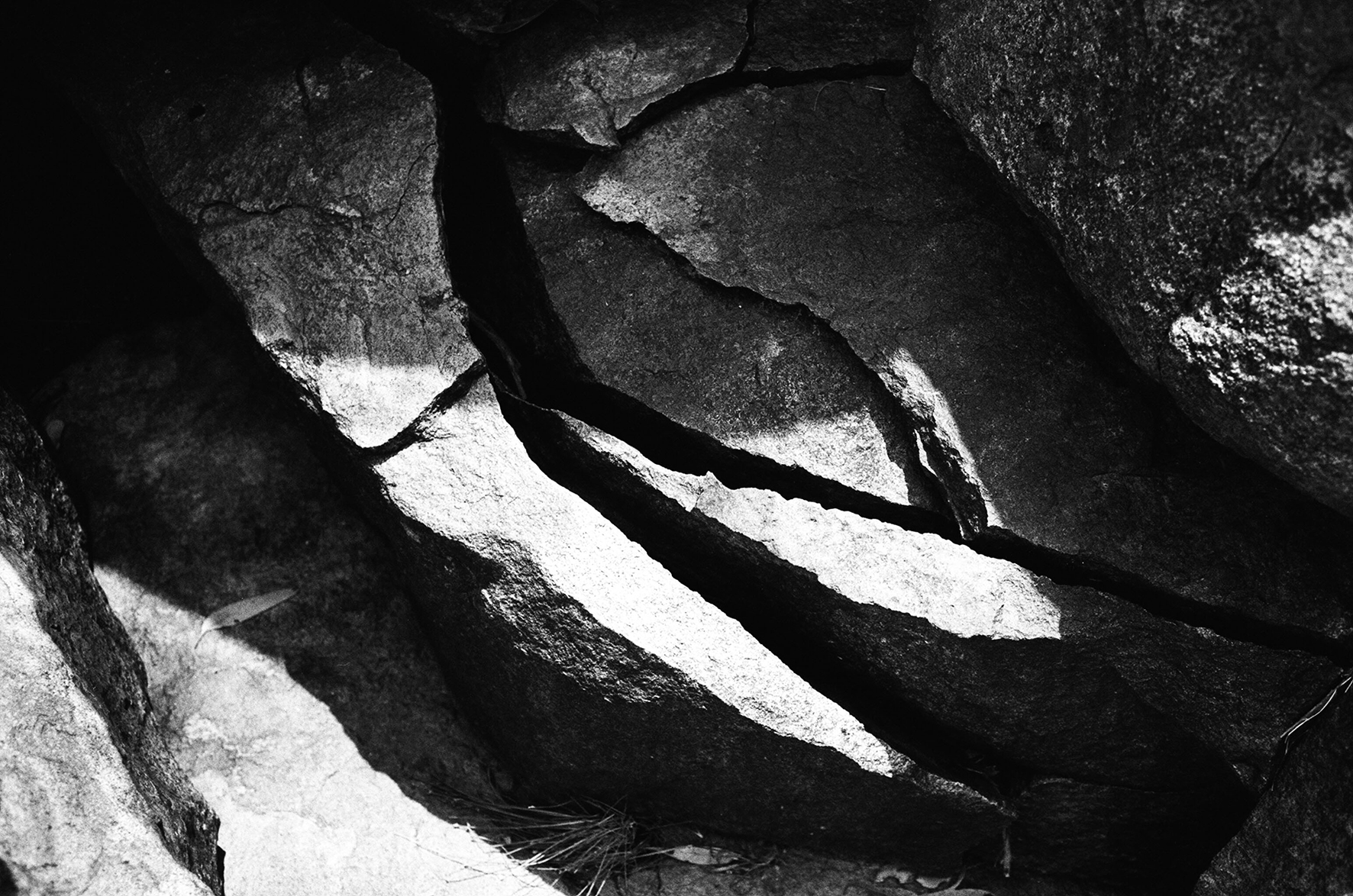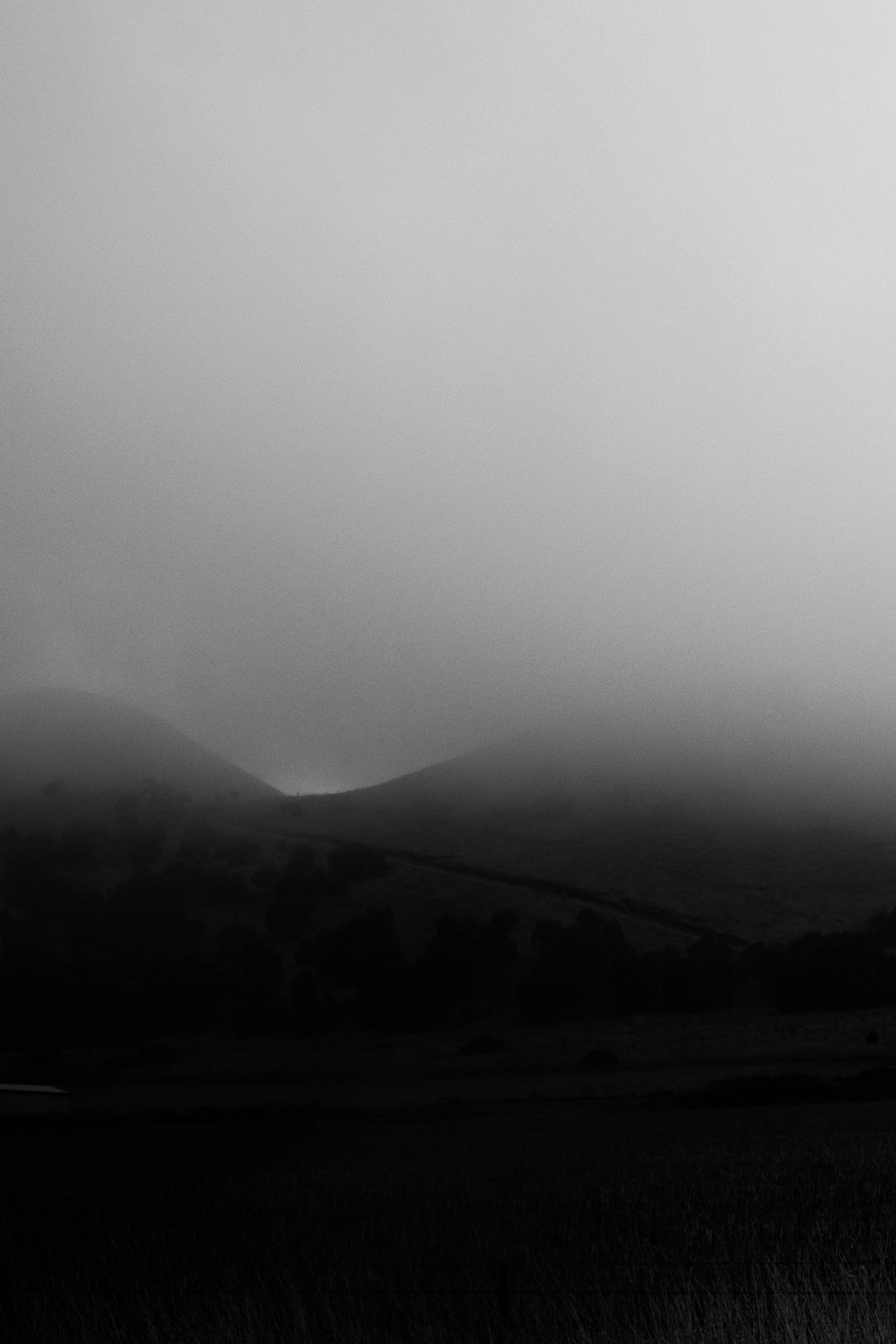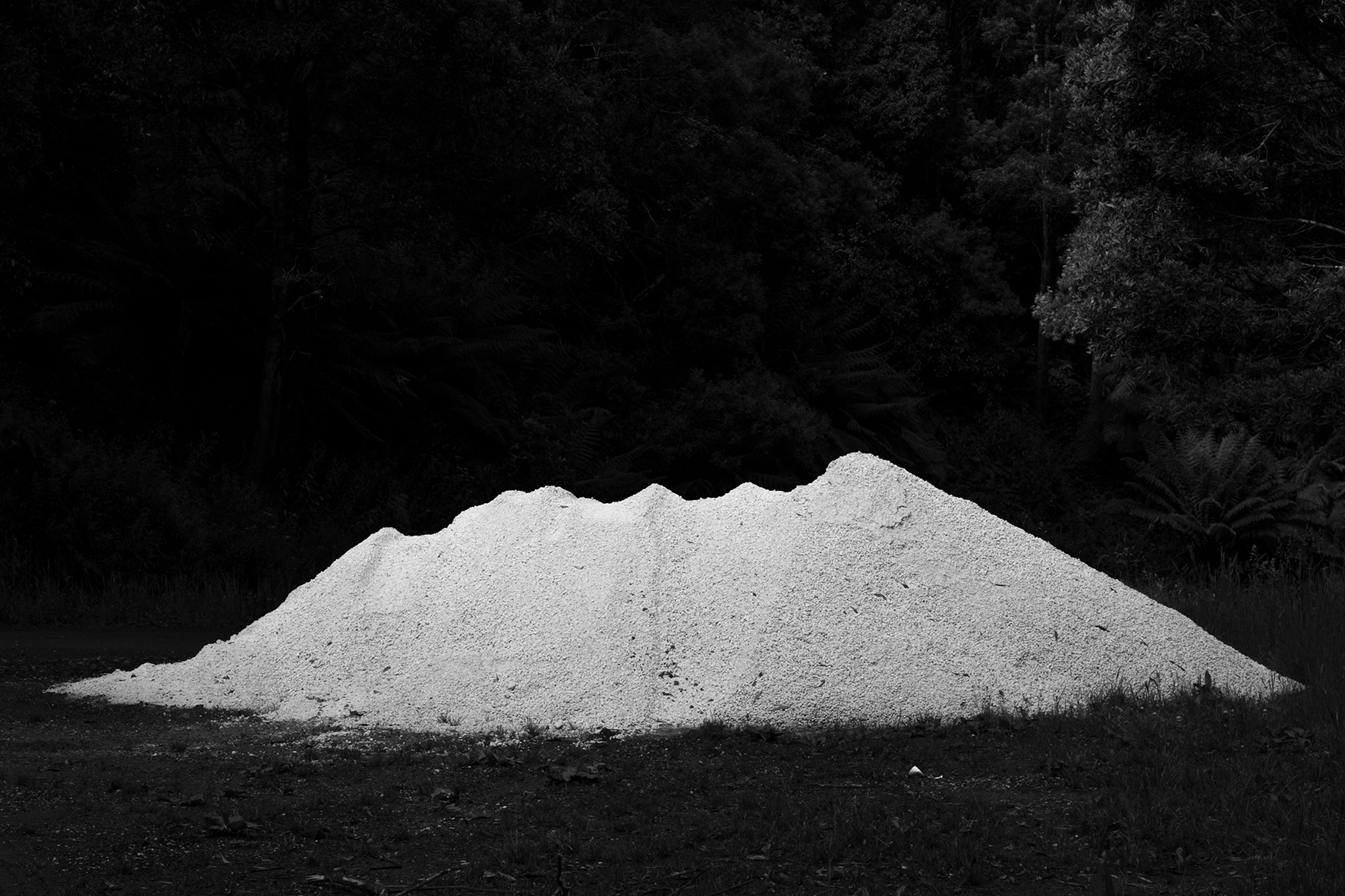Silent Territories
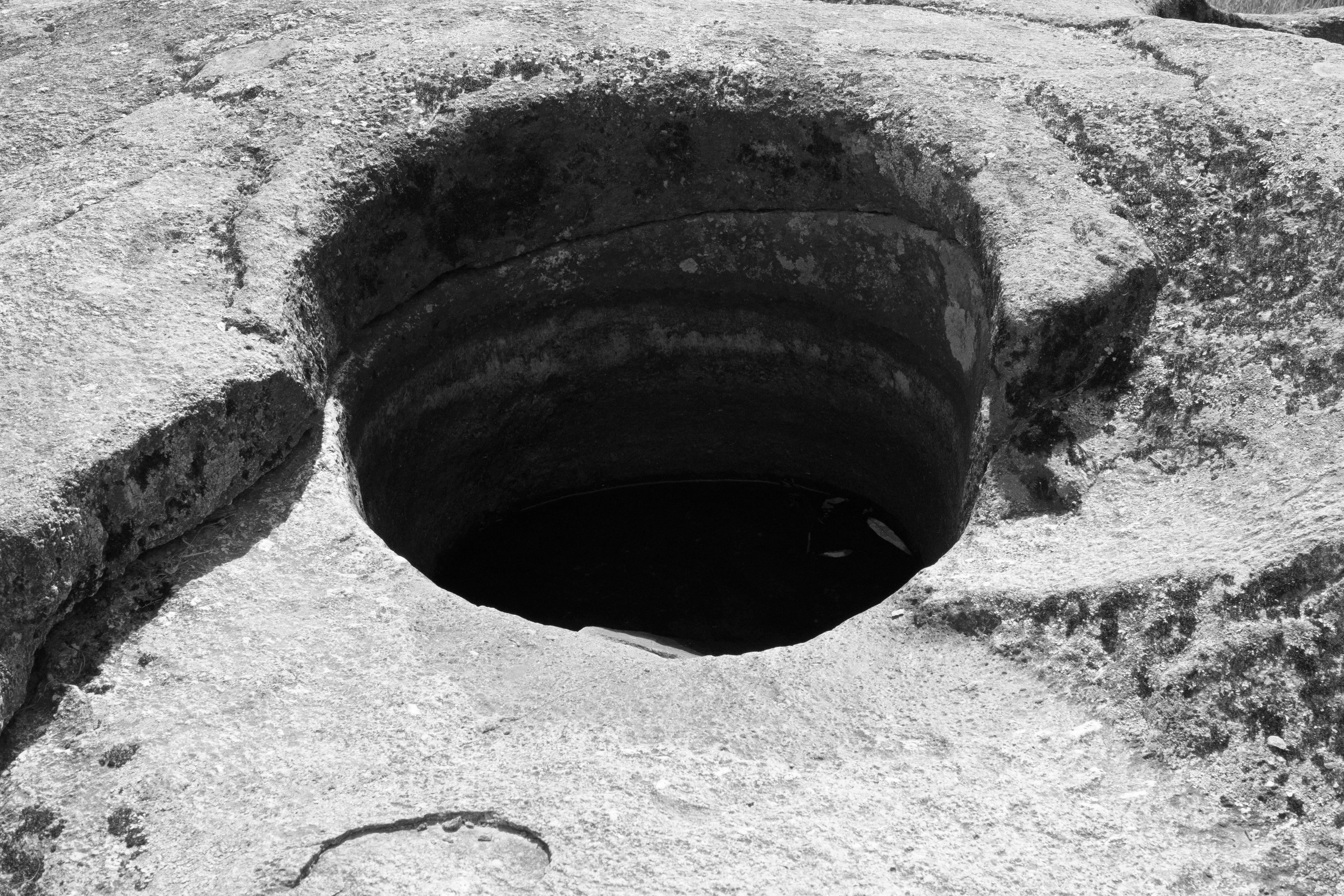
Exhibition, Magic Johnston
2017
My relationship to the Australian landscape is wavering. The tropes of Australian Gothic continually play in my mind, leaving a strange insecurity about being alone, or night falling before I am ready.
This confused relationship is not only a response to an unforgiving climate, a place of little solace but also an unresolved and weighted history that sits firmly within the landscape.
Driving through Gippsland there is a yellow haze, valleys of dried out grasses and glaring sun. Smoke from the coal mines litter the horizon and the thousands of cattle drain the reservoirs bare. The aboriginal history here is unkind, a place where connection to land held a strong cultural and ancestral domain, however now hidden under a new story of loss, an environmental and rural dissolution.
It is no wonder I feel an uncertainty in celebrating place, in articulating what it means to identify as a migrant Australian in this landscape, what it means to be an architect imprinting onto the soil. This relationship will remain awkward as the ongoing impact of colonisation on the land is revealed, and climate change becomes more truthfully visible. The symbols of land acknowledged in this narrative, of fences and terrain, of loss and abandonment, of nature versus industry are only a prelude of what it means to uncover these menacing and silent territories.
